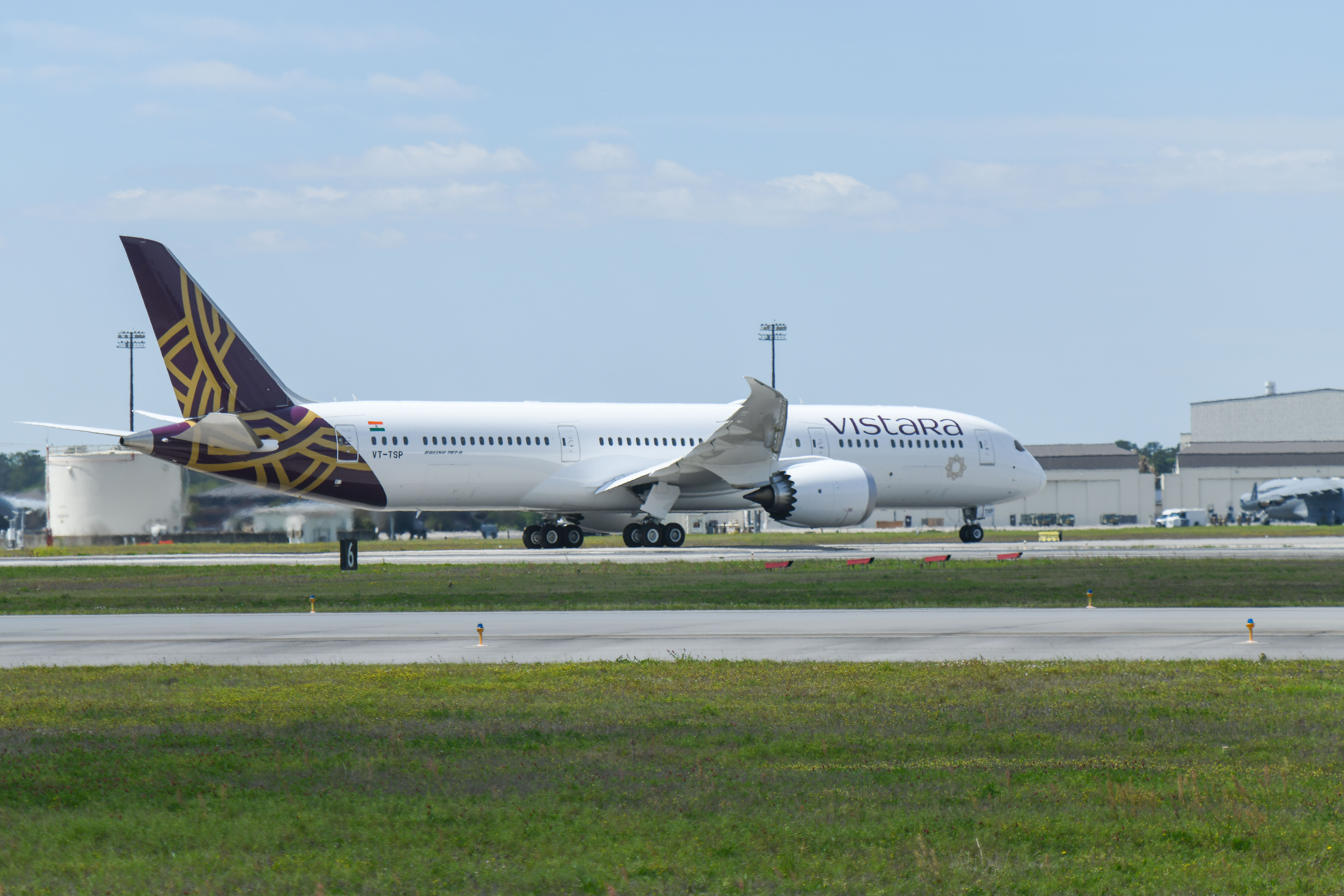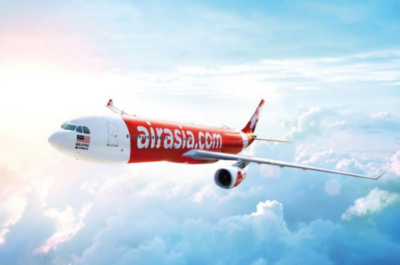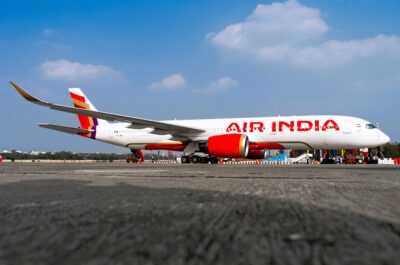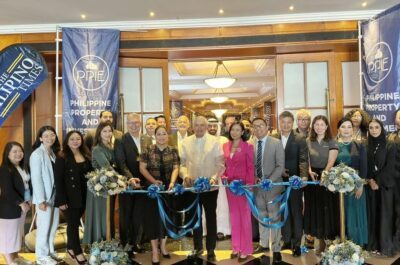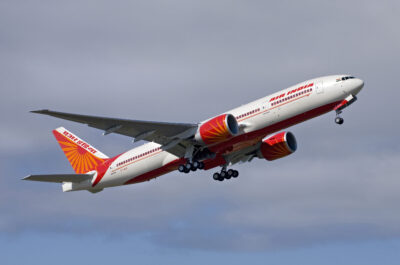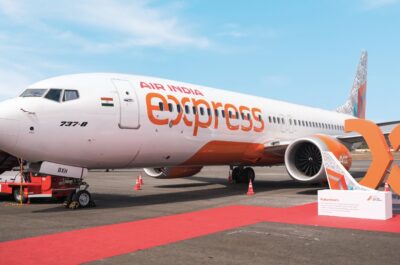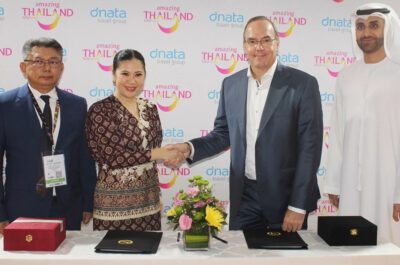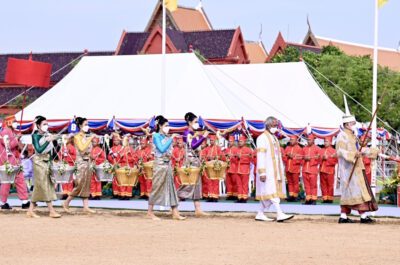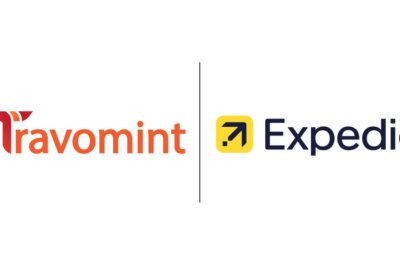…
SITA and Motorola announced a partnership that aims to reduce delays in aircraft turnaround and achieve significant savings in ground operations through a complete SITA Mobile Workforce Solution.
SITA Mobile Workforce removes on the ground, static, paper-based processes and provides real-time data to reduce business costs, automate workflow management, improve staff flexibility, better manage disruption and improve customer service.
Using a single Motorola handheld device for all applications, duty managers can perform up to five aircraft turnarounds simultaneously: a significant improvement on the present “norm” of one manager per turnaround. Real-time data communication reduces the chance of human error which occurs with dependence on voice communication and paperwork. In addition, the increased flexibility in mobilizing the workforce enables better disruption management while tracking activity of both the workforce and equipment.
Through pilots conducted over the past 18 months, SITA has demonstrated the following additional benefits:
– Airlines have reported up to 10% savings in workforce labor cost alone through improved line maintenance due to real-time planning;
– Airports have seen a 20% increase in annual revenue from ad-hoc requests as a result of proper recording and billing;
– Ground handlers have recorded 20% savings in fuel consumption by remote control of ground equipment such as aircraft heaters, and monitoring maintenance status.
Gregory Ouillon, Vice President, Portfolio Management & Consulting, SITA, said: “It is vital that the industry embraces mobile technology for the workforce. Inefficiencies have been shown to cause 333 days (or 28.8 million seconds) of aircraft delays in the USA alone each year and between 5-10% of ramp operations workforce time is wasted due to lack of on-time/real-time information. SITA, with its partners, is connecting workers to real-time, accurate data that enables them to do their job more efficiently.
“We are joining forces with Motorola to launch a new generation mobile workforce solution that will enable airlines, airports and other service providers to mobilize their staff worldwide in a cost effective manner. Motorola’s devices offer a perfect fit for all air transport industry users in the terminal, on the ramp or on the move from cabin crew, to maintenance staff, check-in and boarding agents, baggage or security staff. Ease of use encourages quick adoption and support for the new service.”
Tracy Thomas, MSSI Vice President, Global Partners, Motorola Inc., said: “SITA’s dedication to, and in-depth knowledge of, the air transport industry makes them the ideal partner for Motorola. By working with SITA we can provide an integrated, scalable and adoptable solution to airlines, airports and ground handlers.
“SITA will provide 24/7 local field support and device management ensuring that our customers get the most from their Motorola devices.”
This year’s SITA/Airline Business Airline IT Trends survey found the following workforce mobility functionality already being implemented among the 129 airlines which participated in the survey:
Baggage handling/sorting/tracking (21%)
In-flight cabin services (excl. duty free) (20%)
Aircraft maintenance/engineering (20%)
Flight dispatch/ramp management (14%)
Mobile services for staff are more likely to be implemented at hub locations initially (61%); 21% of the respondents are also considering selected remote airports for such services. Tier One airlines are ahead of the technology adoption curve here, with 55% already using mobile services for in-flight cabin services and 50% using them for aircraft maintenance/engineering. These respective percentages will rise to 91% and 75% over the next three years.
Vicky is the co-founder of TravelDailyNews Media Network where she is the Editor-in Chief. She is also responsible for the daily operation and the financial policy. She holds a Bachelor's degree in Tourism Business Administration from the Technical University of Athens and a Master in Business Administration (MBA) from the University of Wales. She has many years of both academic and industrial experience within the travel industry. She has written/edited numerous articles in various tourism magazines.



